10 Least Tax-Friendly States for Middle-Class Families
Here’s what living in one of the least tax-friendly states for middle-class families costs residents.

Kate Schubel
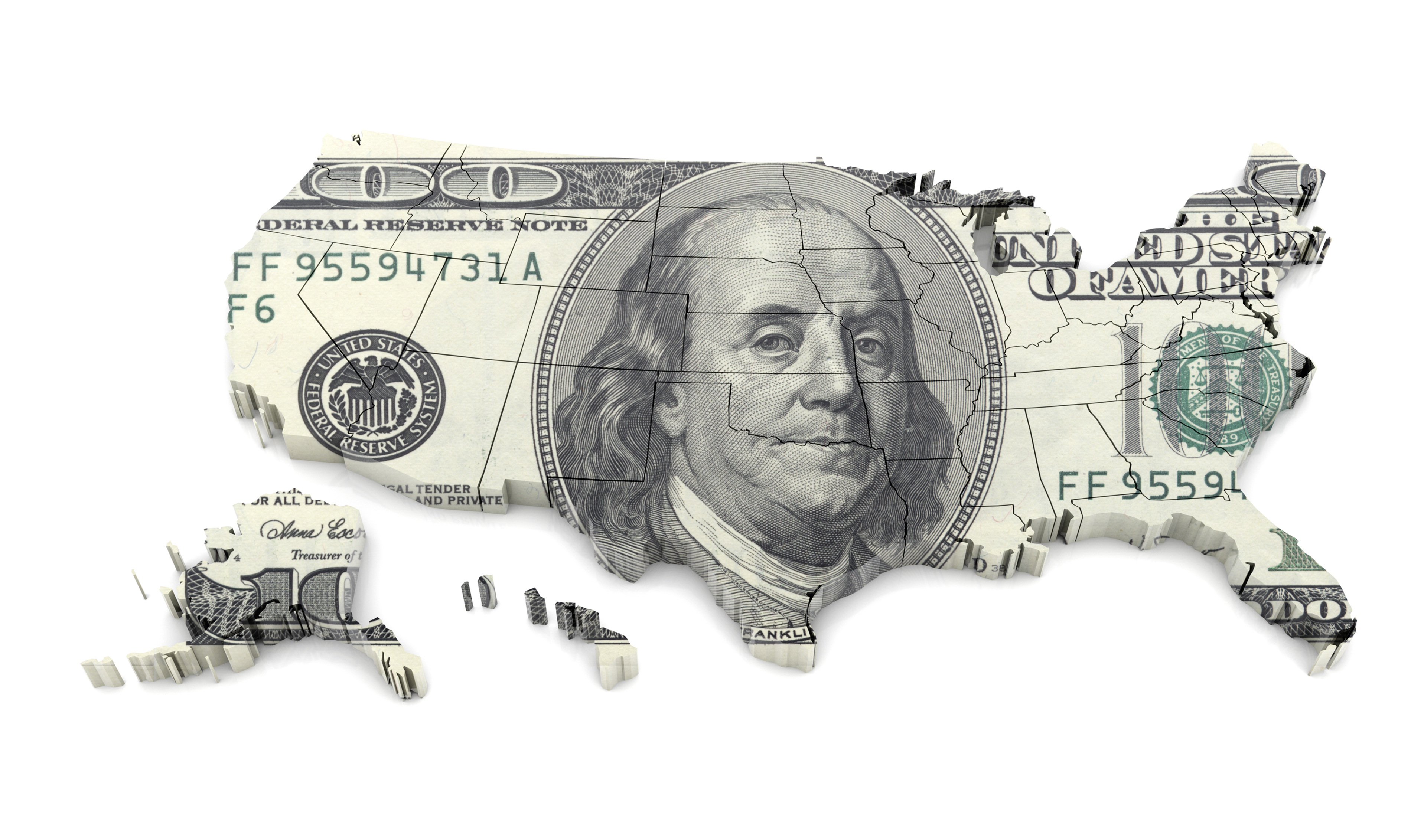
It’s no secret that many middle-class families are struggling. Higher grocery expenses and housing costs are major factors, but high tax burdens can make matters worse.
If you live in one of the least tax-friendly states for middle-class families, you probably know this too well.
Least tax-friendly states for the middle-class
Median salaries can differ greatly from state to state, so to determine which states have the highest tax burden for households with middle incomes, we considered each state’s median annual salary.
Then we calculated the average annual tax spent for three main tax categories: state income tax, property taxes, and sales taxes on essential items (groceries, diapers, and gas).
- We didn’t consider sales tax for states that don't tax essentials at the state level.
- It's important to note that local sales taxes might apply.
- (See below for full details about the methodology Kiplinger used to rank the states for this story.)
The states with the highest percentage of income spent on state taxes made our list. Here they are.

Massachusetts
Median annual household income: $104,828
Percent of income spent on taxes: 11%
The median income in Massachusetts reaches nearly $105,000, and the Commonwealth doesn’t impose sales taxes on essential items such as diapers and groceries.
However, with the median property tax bill exceeding $6,000 and average state income taxes reaching almost as high, middle-class families in the Bay State spend more than 10% of their income on state taxes.
- Average income tax: $5,322.60
- Median annual property taxes: $6,080
- Average sales tax for essentials: $128.56
- Total annual amount spent on taxes: $11,531.16
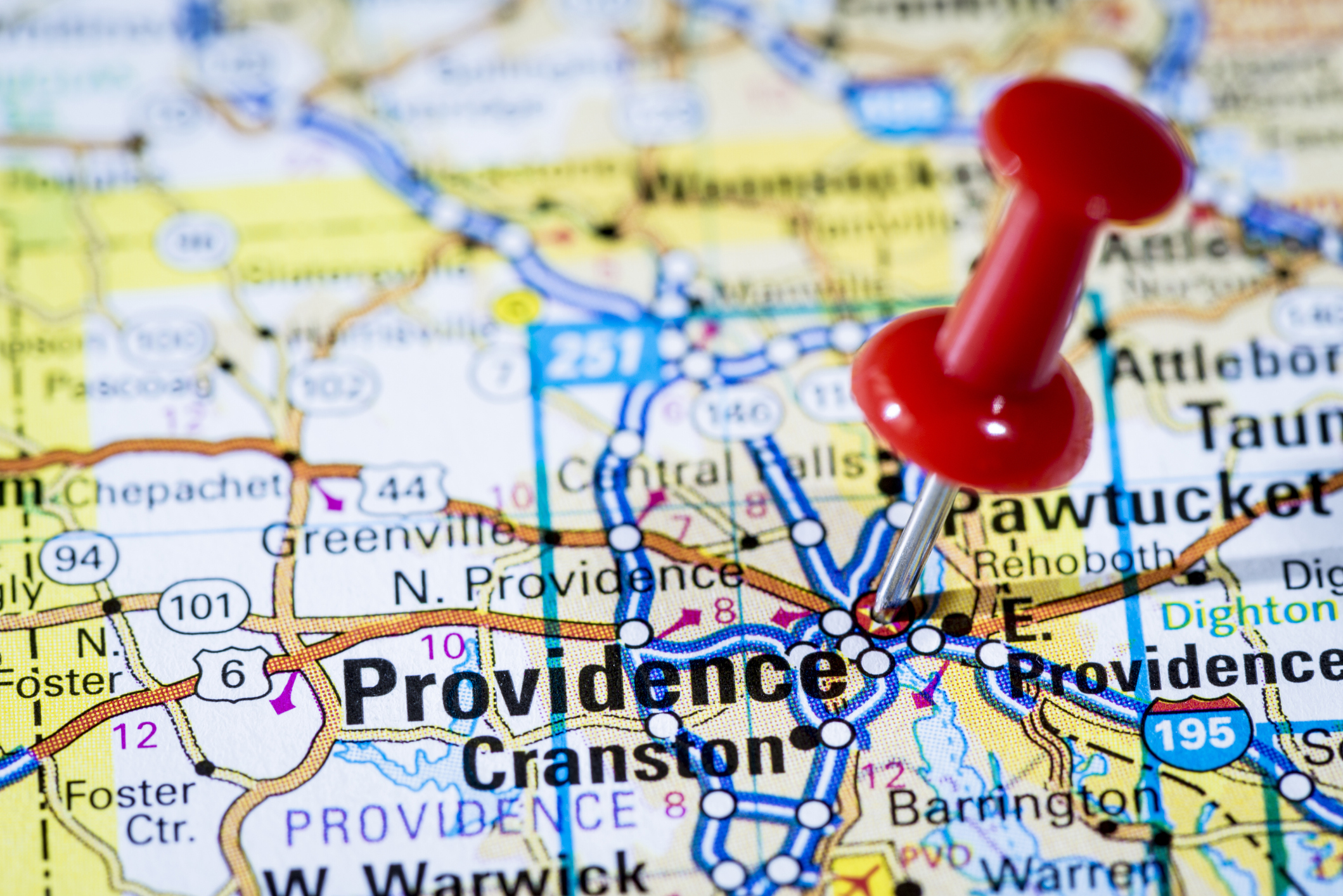
Rhode Island
Median annual household income: $83,504
Percent of income spent on taxes: 11.27%
Rhode Island might be small, but middle-class families in the Ocean State can experience big tax bills.
Between state income taxes and property tax bills, the average middle-class household spends more than $9,100 on state taxes.
Given the median income of just about $83,500, middle-class families in Rhode Island face the ninth highest tax burden in the U.S.
- Average income tax: $4,252.92
- Median annual property taxes: $4,886
- Average sales tax for essentials: $268.04
- Total annual amount spent on taxes: $9,406.96
Related: New ‘Taylor Swift Tax’ on Rhode Island Homes: Is Your Home Next?
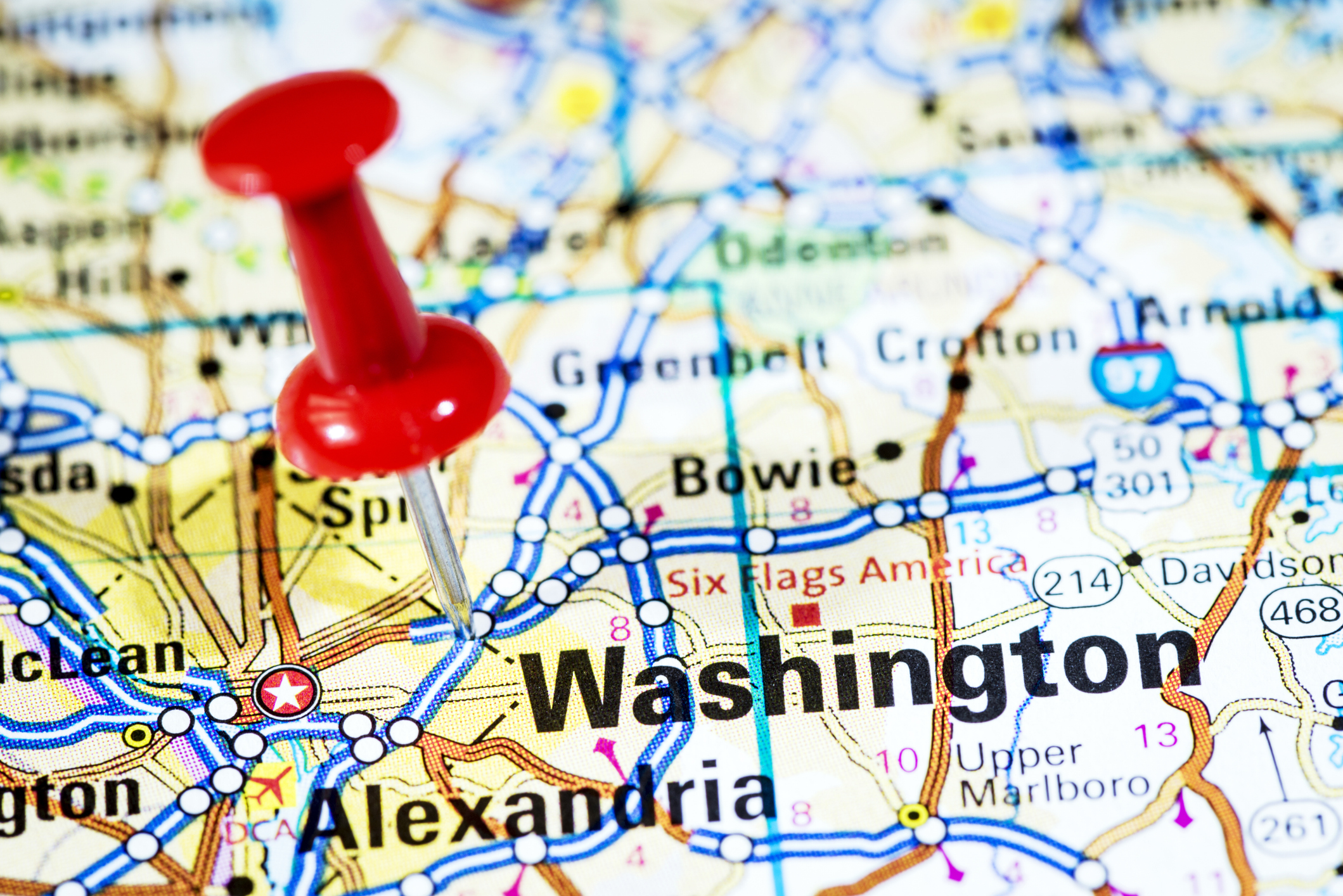
Washington, D.C.
Median annual household income: $109,707
Percent of income spent on taxes: 11.38%
Washington, D.C., is technically not a state, but part of the territory of the District of Columbia.
Still, D.C.'s sales tax rate isn't bad at only 6% (compared with other places on this list).
However, the nation's capital is considered one of the least tax-friendly places for middle-class families, largely due to its higher median income tax bill compared with some other places listed here.
- Average income tax: $7,725.12
- Median annual property taxes: $4,594
- Average sales tax for essentials: $165.20
- Total annual amount spent on taxes: $12,484.32
Related: Emergency Tax Bill Ends $6,000 Senior Deduction and Tip, Overtime Tax Breaks in D.C.

Maryland
Median annual household income: $102,905
Percent of income spent on taxes: 11.77%
The median income in Maryland is high compared with most other states, but state income taxes are high, too.
For this reason, the Old Line State earns its place as the seventh least tax-friendly for middle-class families.
- Average income tax: $7,756.56
- Median annual property taxes: $4,144
- Average sales tax for essentials: $216.22
- Total annual amount spent on taxes: $12,116.78
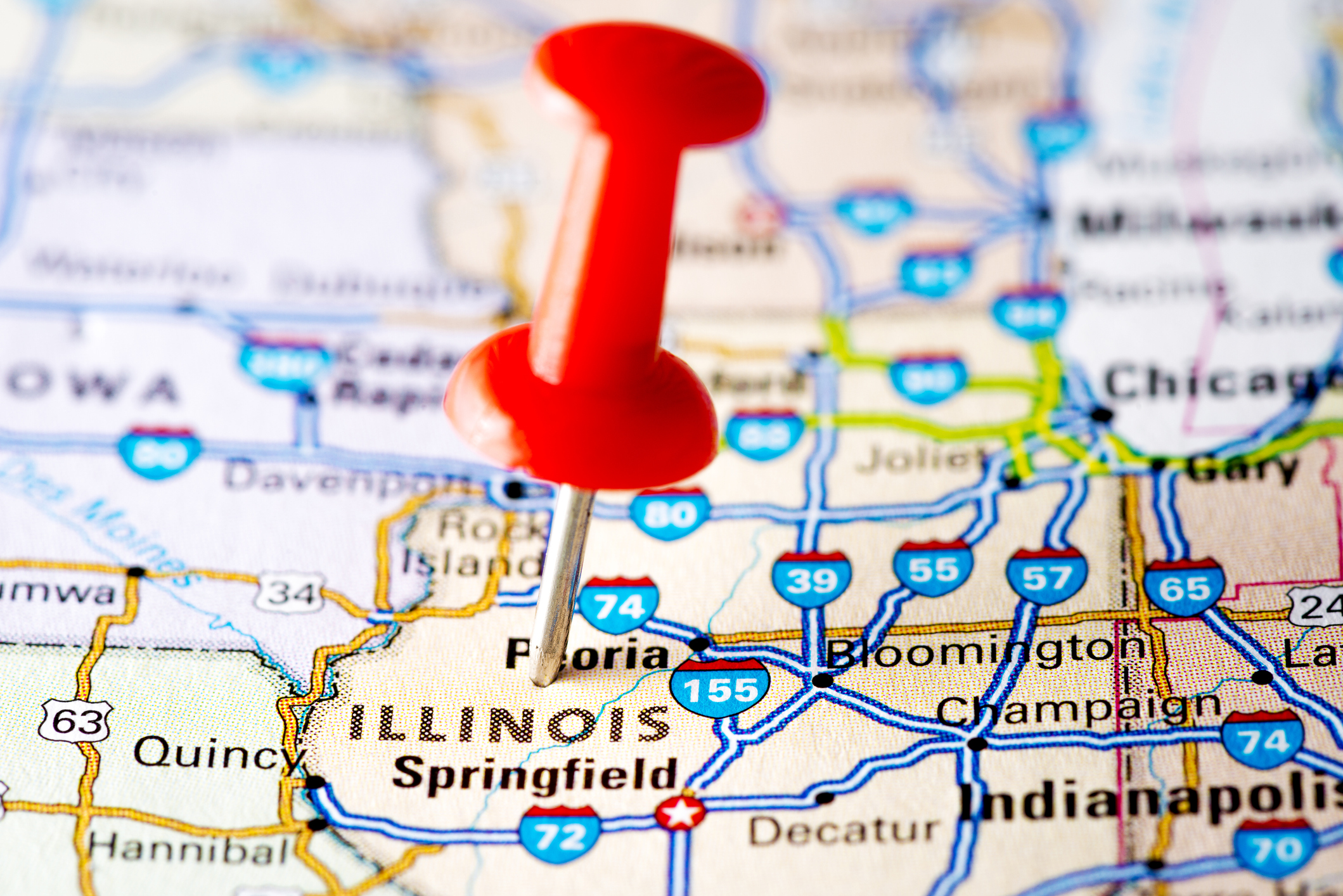
Illinois
Median annual household income: $83,211
Percent of income spent on taxes: 12.10%
While Illinois is a state that doesn’t tax retirement income, you’re out of luck if you’re still working.
Average income taxes for the middle class reach over $4,000, and property bills in the Prairie State are on the high end, too.
To make matters worse, Illinois taxes diapers and is one of only 10 states that still taxes groceries.
- Average income tax: $4,119
- Median annual property taxes: $5,399
- Average sales tax for essentials: $547.21
- Total annual amount spent on taxes: $10,065.21
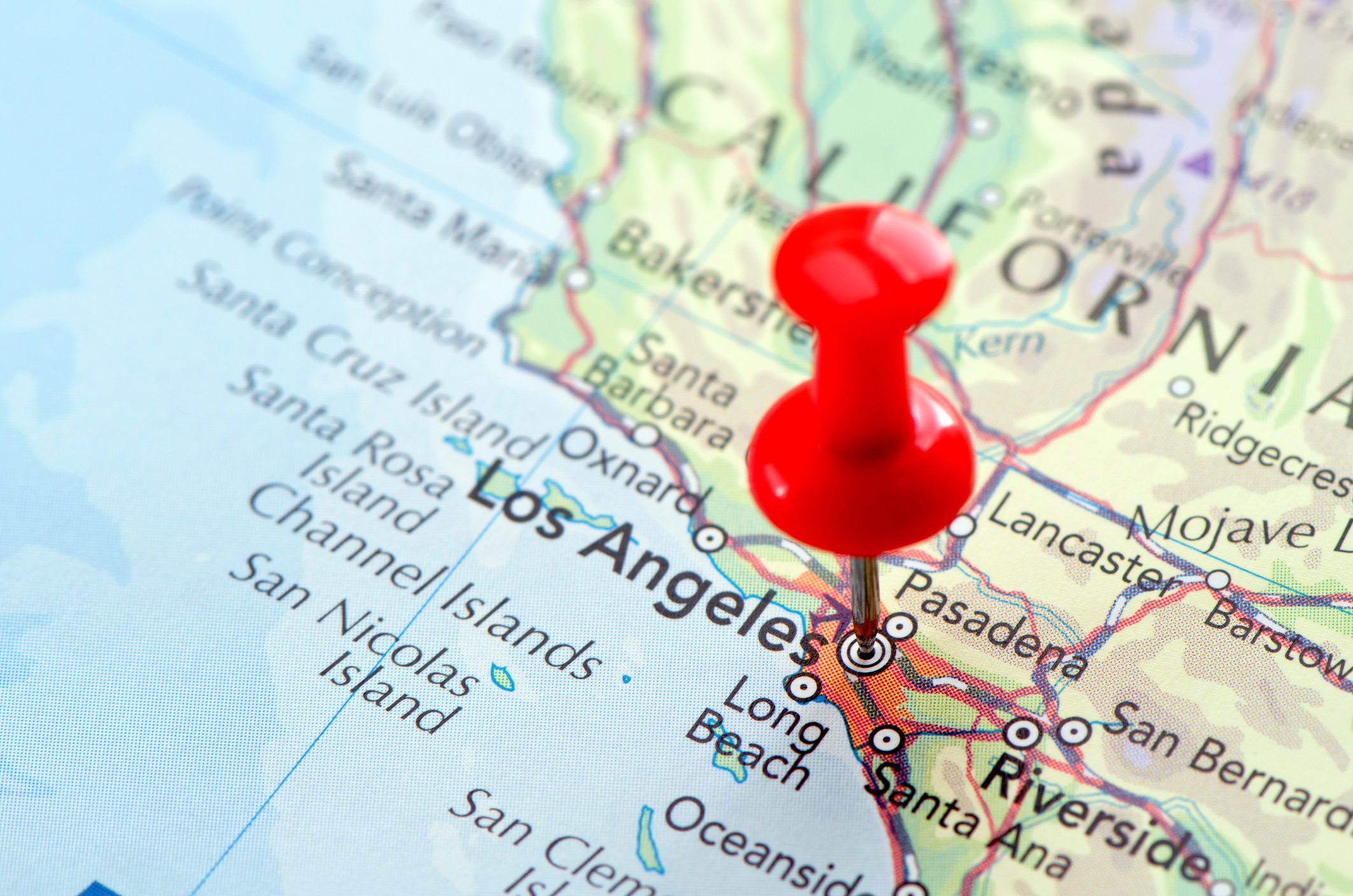
California
Median annual household income: $100,149
Percent of income spent on taxes: 12.71%
The Golden State lands at No. 5 for the least tax-friendly, with middle-class families spending nearly 13% of their income on state taxes.
It’s important to note that although the median property tax bill in California is just under $5,400, property tax burdens can vary greatly within the state.
For example, property taxes might not reach $2,000 in the cheapest places in California. However, homeowners in other areas of the state could pay more than $9,000 per year.
- Average income tax: $7,076.88
- Median annual property taxes: $5,369
- Average sales tax for essentials: $286.42
- Total annual amount spent on taxes: $12,732.30
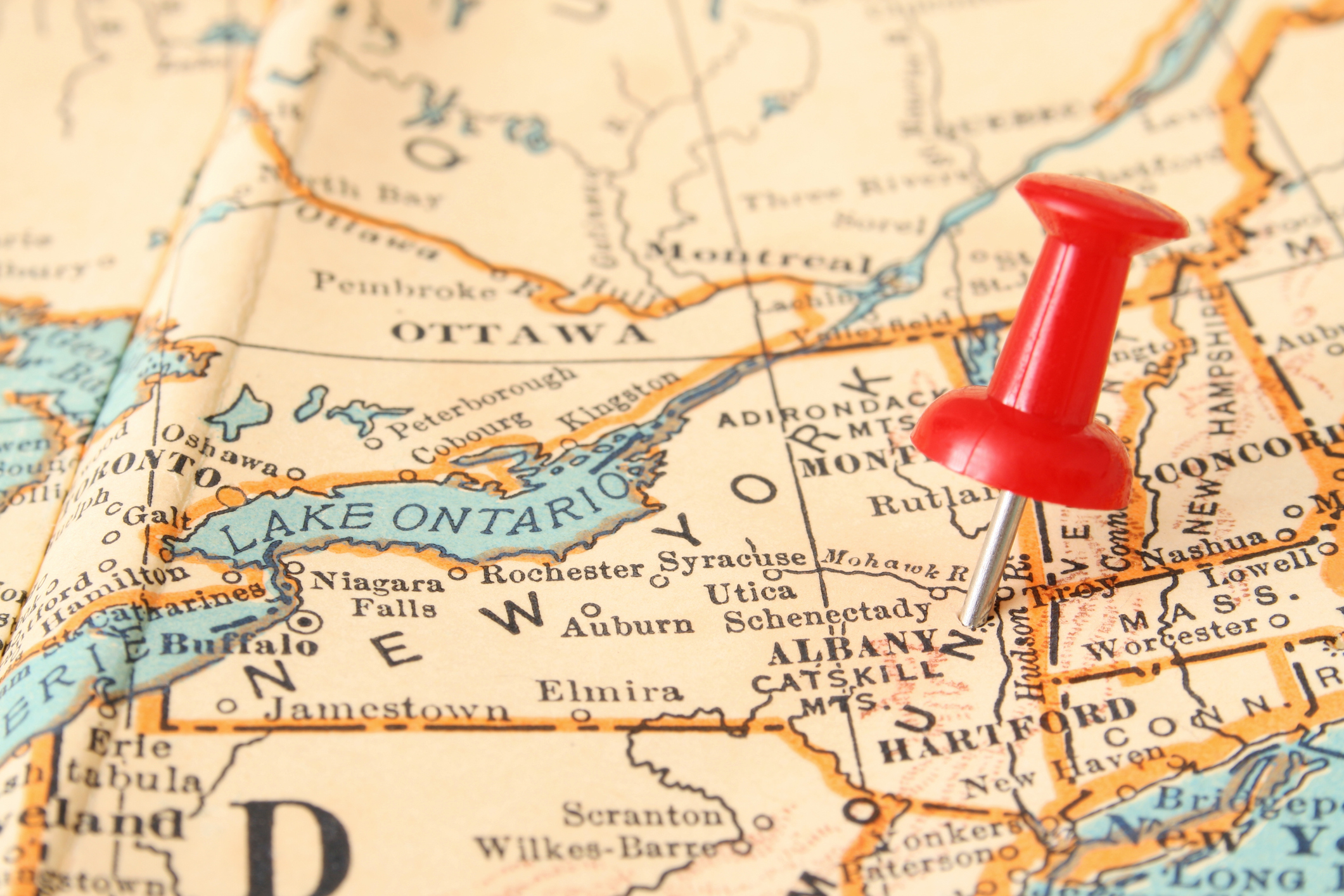
New York
Median annual household income: $85,820
Percent of income spent on taxes: 13.02%
New York is often thought of as a high-tax state, and this proves true for the middle class.
On average, middle-class families in the Empire State spend more than 13% of their annual income on state taxes, despite the state not taxing items such as diapers and groceries.
Families in New York City might pay even more in taxes, as the city imposes its own income tax.
- Average income tax: $4,512.84
- Median annual property taxes: $6,542
- Average sales tax for essentials: $116.39
- Total annual amount spent on taxes: $11,171.23
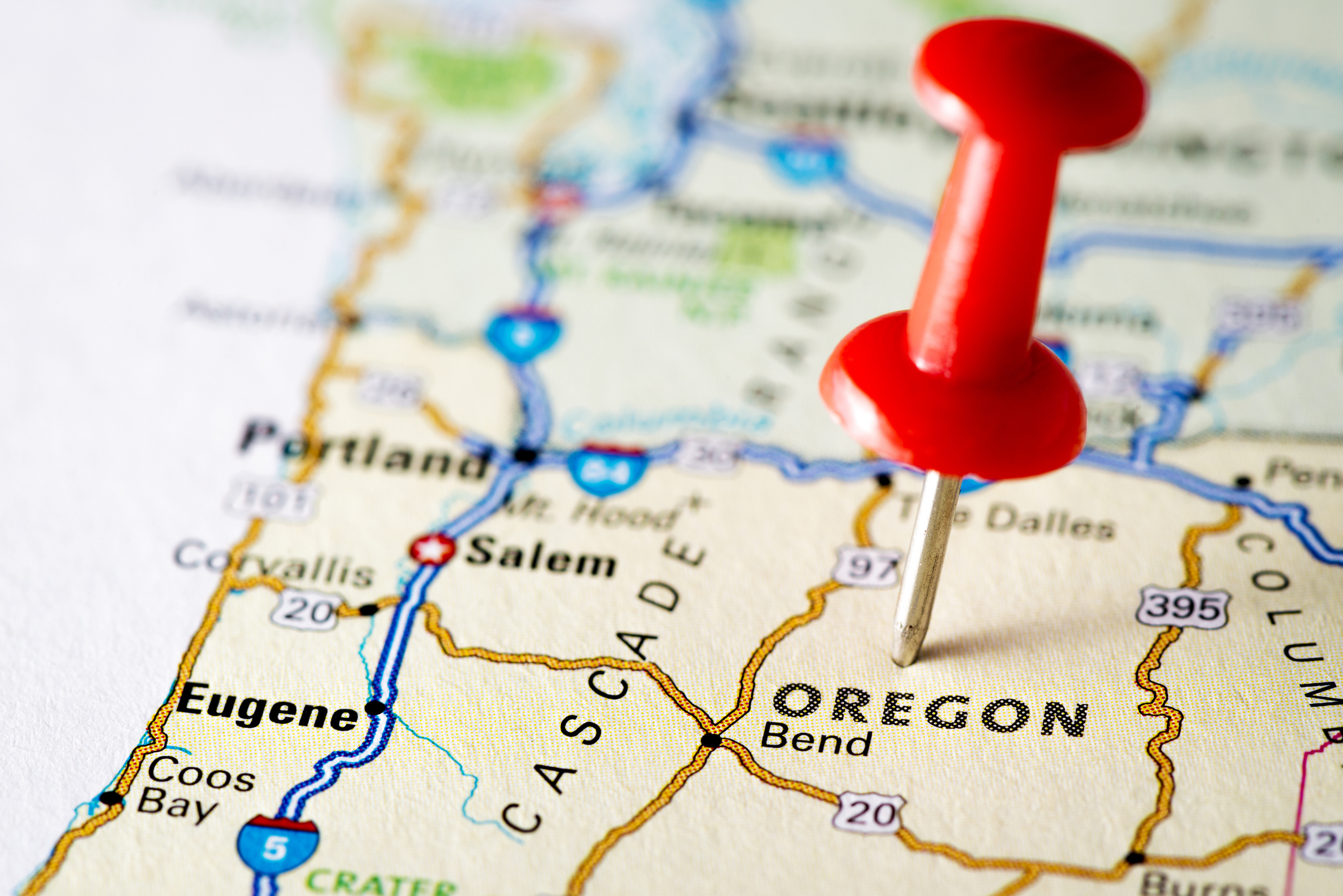
Oregon
Median annual household income: $85,220
Percent of income spent on taxes: 13.51%
Oregon technically doesn’t impose a state sales tax. However, you'll still pay a gas tax of 40 cents per gallon, which is relatively expensive compared with some other places on this list.
Middle-class families in the Beaver State pay almost $7,500 per year in income taxes. Even so, low property taxes (compared with other states listed) and no taxes on groceries or diapers place Oregon on this list at No. 3.
- Average income tax: $7,434.84
- Median annual property taxes: $3,895
- Average sales tax for essentials: $187.20
- Total annual amount spent on taxes: $11,517.04
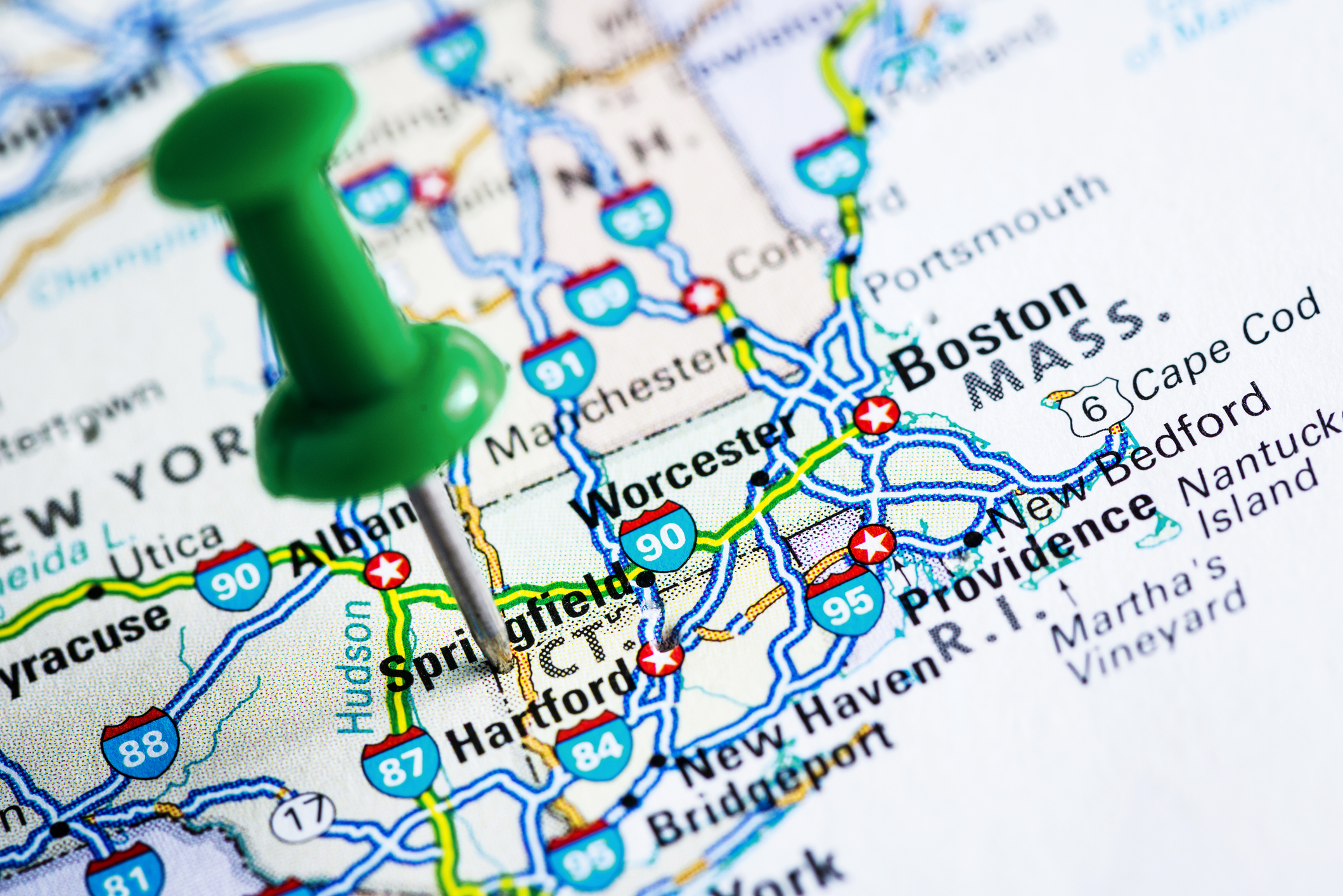
Connecticut
Median annual household income: $96,049
Percent of income spent on taxes: 14.46%
Middle-class families in Connecticut spend more than 14% of their income on state taxes.
While this is mostly due to high property tax bills, state income taxes in the Constitution State are higher than in most other states, too.
Although Connecticut doesn’t tax items such as groceries and diapers, it still earns its place as the second least tax-friendly state for the middle class.
- Average income tax: $7,194.12
- Median annual property taxes: $6,573
- Average sales tax for essentials: $117
- Total annual amount spent on taxes: $13,884.12
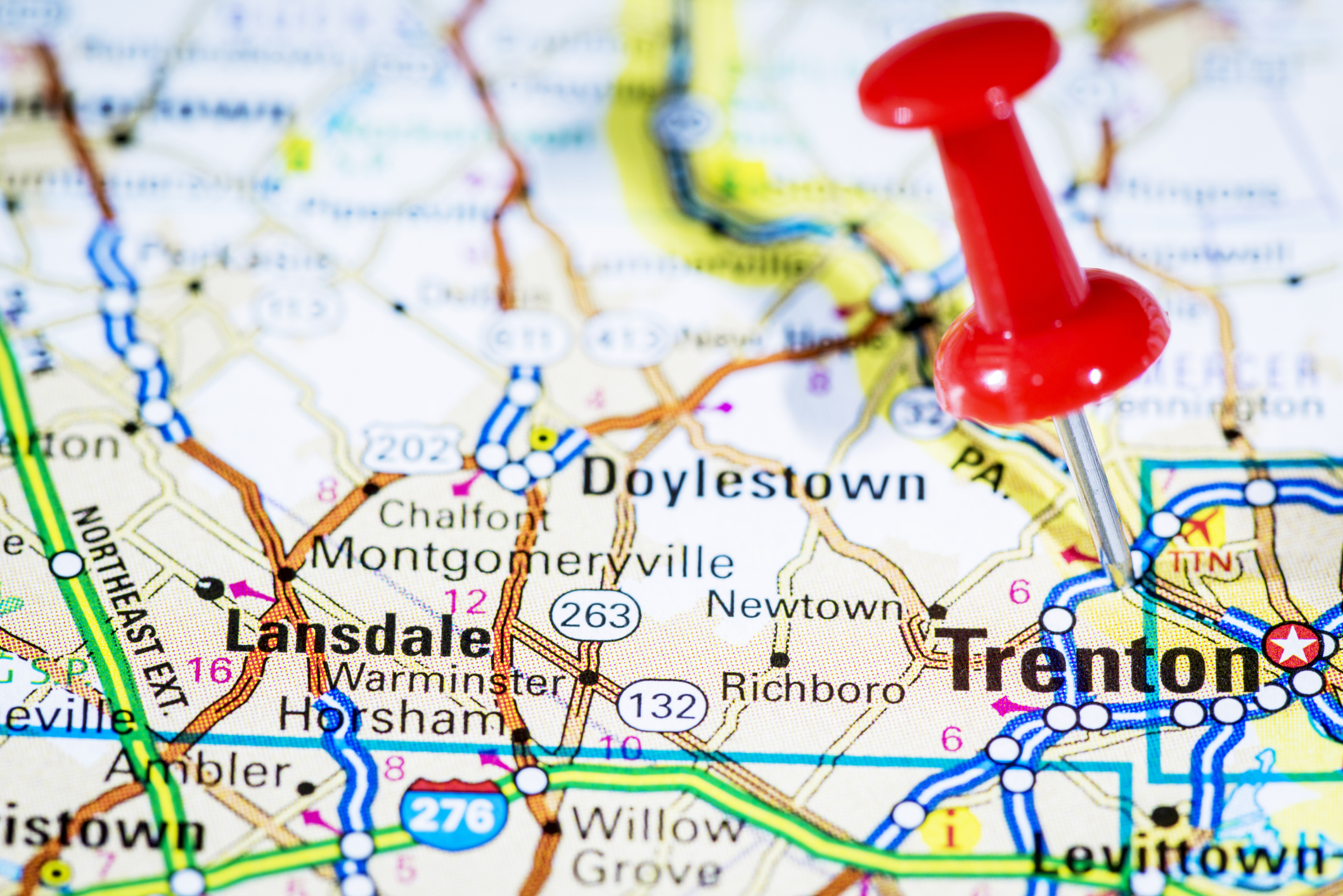
New Jersey
Median annual household income: $104,294
Percent of income spent on taxes: 15%
Middle-class families in New Jersey face high tax burdens, mostly due to extremely high property taxes. The average property tax bill is a whopping $9,358, and the median income tax bill is more than $6,000.
For these reasons, the Garden State is the least tax-friendly state for middle-class families.
- Average income tax: $6,007.92
- Median annual property taxes: $9,358
- Average sales tax for essentials: $281.65
- Total annual amount spent on taxes: $15,647.57
Related: What's Going on With New Jersey Property Tax Programs?
Median annual household salaries for each state were collected from the latest U.S. Census Bureau data (the most recent one-year estimate data available).
Personal income taxes were calculated using an ADP salary calculator. We used monthly pay periods and opted not to factor in extra withholdings or allowances. Income taxes paid vary from filer to filer and can depend on your income, filing status and the number of credits and deductions you qualify for when filing your taxes.
Total average grocery costs were calculated from data reported by the World Population Review.
The average monthly diaper expense is based on estimates from the National Diaper Bank Network. State gas tax rates were used to calculate the average gas tax paid per family in a year.
We used sales tax rates (average combined local and state sales tax rates) provided by the Tax Foundation to calculate the average sales taxes spent on essential items. Tax spent on essential items may be higher than $0 in some localities, even if essentials aren't taxed at the state level.
The data for median annual property taxes paid is based on data provided by the U.S. Census Bureau.
Average taxes spent were added for each state to find the total percentage of household income paid to state taxes. Dollar amounts were rounded to the nearest cent. Percentages are rounded to the nearest tenth of a percent.
To determine what “middle income” means, the median household income for each state was used. However, the definition of “middle-income” can vary greatly. For purposes of this ranking, “family” means any household with at least one adult still raising at least one child. The amount of taxes paid can vary depending on several factors, including family size and the number of adults in the household who work.
Read More
- Best Low-Tax States for 'Middle-Class' Families
- The 'Food Tax': Grocery Tax by State
- 10 States With the Highest Sales Taxes
- Tax Breaks for Middle-Class Families Claiming the Standard Deduction
Profit and prosper with the best of Kiplinger's advice on investing, taxes, retirement, personal finance and much more. Delivered daily. Enter your email in the box and click Sign Me Up.

Katelyn has more than 6 years of experience working in tax and finance. While she specialized in tax content while working at Kiplinger from 2023 to 2024, Katelyn has also written for digital publications on topics including insurance, retirement, and financial planning and had financial advice commissioned by national print publications. She believes knowledge is the key to success and enjoys providing content that educates and informs.
- Kate SchubelTax Writer
-
 What to Do If You Plan to Make Catch-Up Contributions in 2026
What to Do If You Plan to Make Catch-Up Contributions in 2026Under new rules, you may lose an up-front deduction but gain tax-free income once you retire.
-
 If You'd Put $1,000 Into Lowe's Stock 20 Years Ago, Here's What You'd Have Today
If You'd Put $1,000 Into Lowe's Stock 20 Years Ago, Here's What You'd Have TodayLowe's stock has delivered disappointing returns recently, but it's been a great holding for truly patient investors.
-
 How to Max Out Your 401(k) in 2026 (New Limits are Higher)
How to Max Out Your 401(k) in 2026 (New Limits are Higher)In 2026, the maximum contribution limits for 401(k) plans have increased, giving you an excellent shot at maximizing your retirement savings.
-
 To Retire Rich, Stop Chasing Huge Returns and Do This Instead, Courtesy of a Financial Planner
To Retire Rich, Stop Chasing Huge Returns and Do This Instead, Courtesy of a Financial PlannerSaving a large percentage of your income, minimizing taxes and keeping spending in check can offer a more realistic path to retiring rich.
-
 3 Major Changes to the Charitable Deduction for 2026
3 Major Changes to the Charitable Deduction for 2026Tax Breaks About 144 million Americans might qualify for the 2026 universal charity deduction, while high earners face new IRS limits. Here's what to know.
-
 I'm a Wealth Adviser: These 10 Strategies Can Help Women Prepare for Their Impending Financial Power
I'm a Wealth Adviser: These 10 Strategies Can Help Women Prepare for Their Impending Financial PowerAs women gain wealth and influence, being proactive about financial planning is essential to address longevity and close gaps in confidence and caregiving.
-
 I'm a Financial Planning Pro: This Is How You Can Stop These 5 Risks From Wrecking Your Retirement
I'm a Financial Planning Pro: This Is How You Can Stop These 5 Risks From Wrecking Your RetirementYour retirement could be jeopardized if you ignore the risks you'll face later in life. From inflation to market volatility, here's what to prepare for.
-
 Time to Close the Books on 2025: Don't Start the New Year Without First Making These Money Moves
Time to Close the Books on 2025: Don't Start the New Year Without First Making These Money MovesAs 2025 draws to a close, take time to review your finances, maximize tax efficiency and align your goals for 2026 with the changing financial landscape.
-
 A Financial Pro Breaks Retirement Planning Into 5 Manageable Pieces
A Financial Pro Breaks Retirement Planning Into 5 Manageable PiecesThis retirement plan focuses on five key areas — income generation, tax management, asset withdrawals, planning for big expenses and health care, and legacy.
-
 4 Financial To-Dos to Finish 2025 Strong and Start 2026 on Solid Ground
4 Financial To-Dos to Finish 2025 Strong and Start 2026 on Solid GroundDon't overlook these important year-end check-ins. Missed opportunities and avoidable mistakes could end up costing you if you're not paying attention.
-
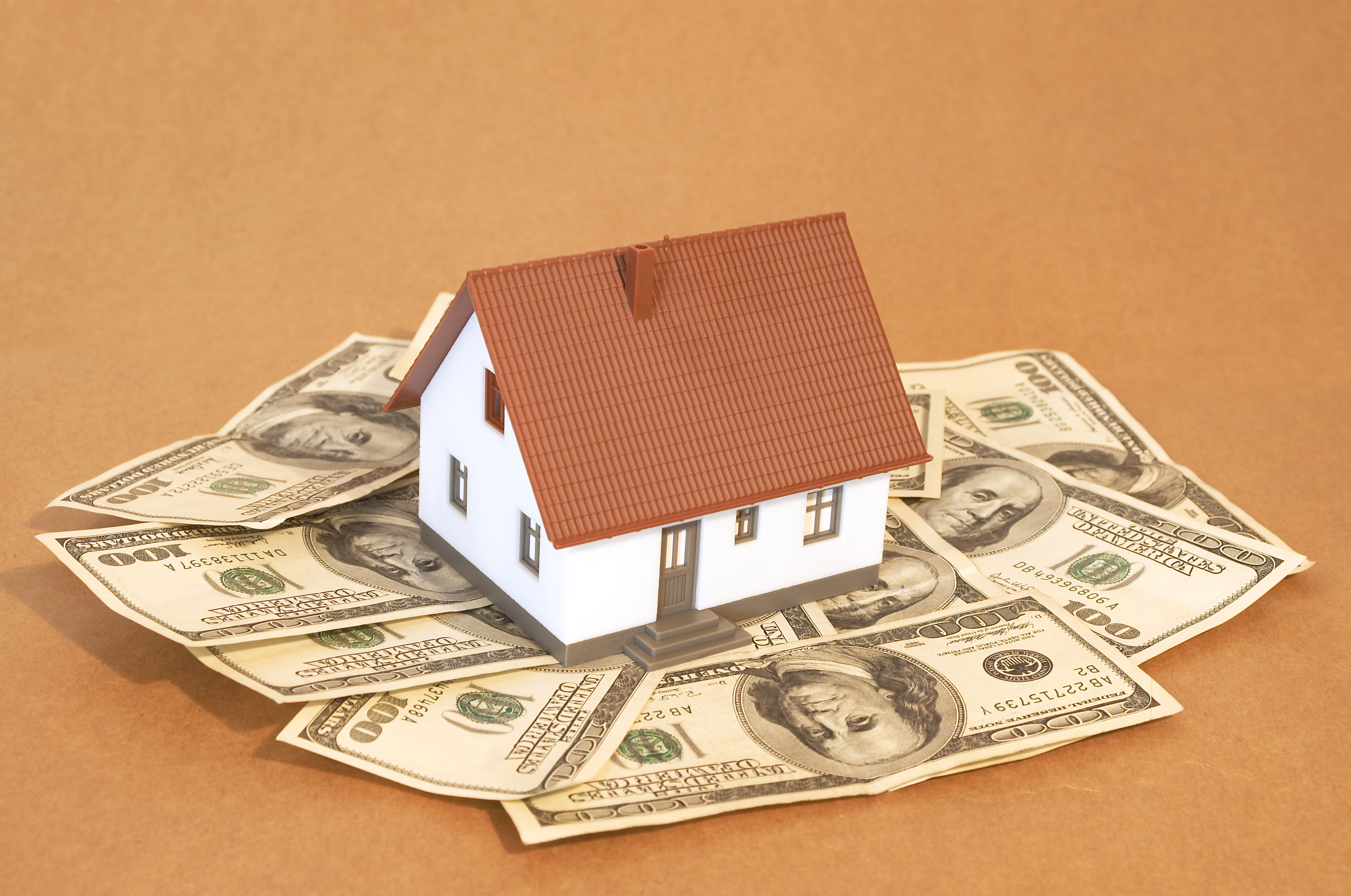 Retirees in These 7 States Could Pay Less Property Taxes Next Year
Retirees in These 7 States Could Pay Less Property Taxes Next YearState Taxes Retirement property tax bills could be up to 65% cheaper for some older adults in 2026. Do you qualify?
